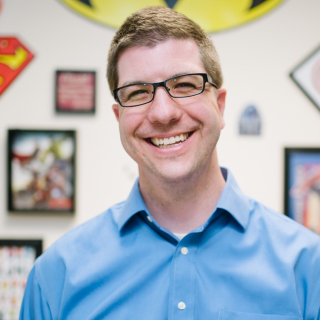
The United States economy has evolved into one centered on scalability. Scalability signifies the ability to increase performance and efficiency under increasing workloads. In general, scalability implies creativity, idea creation, expertise in broad areas, allowing for the exportation of much non-scalable work/professions.
Non-scalable models entail the opposite — an inability to easily overcome increased workloads given inherent limitations of workers’ time and availability. In general terms, non-scalability focuses on more “grunt work” and piecemeal creation — manufacturing and other similar jobs – work that tends to be based on hourly production and wages, thus creating a productivity ceiling; there are only so many hours in a day to perform labor. The broad transition of the American economy to scalability has enabled the US to become the richest economy in the world in spite of outsourcing much of its previous economic pillars.
Physicians, nurses, and other health care providers fall into the category of non-scalable work. A clinician is inherently limited in the number of patients he or she can see in a day. Our work and, by extension, our income is capped by the inherent limitations of our profession.
However, the leading innovators of medicine fall into the scalability column, generating new ideas and products to (theoretically) enhance the medical care provided. Scalability implies expertise, but the physicians are the experts in patient care — not the administrators, not the insurance and pharmaceutical executives, not the government regulators. How does this work when the non-medical, scalable “experts” tell the actual health care experts how to do their job?
This mirrors the restaurant case study in sociology. Waitresses and waiters are not the experts at meal preparation that cooks or chefs are, yet because of their interactions with the customers, they are in essence giving orders to the expert food preparers. The solution [PR1] came in the form of the order “spindle,” the metal wheel where orders were placed by the waitress and the cook basically took the order from the customer directly; the waitress/waiter was made the go-between instead of the one giving orders (no pun intended) to the professional.
The restaurant example is akin to a nurse paging a physician to call him or her back and offer assistance, as opposed to the nurse giving immediate direction to the doctor on what should be done. This may sound a lot like ego, but it is based on accomplishing the needed action based on everyone’s specific expertise, and it is a phenomenon found in nearly every such industry.
The ideas and innovations being thrust upon health care providers are based on an industry-wide need to decrease costs and improve the outcomes of our efforts. One result of these efforts is described by Sandeep Jauhar, MD, in his book Doctored: “This is the sad irony of the cost-containment paradigm. The more pressure on doctors to cut costs by working harder and faster, with shorter hospital stays and quicker patient turnover, the more uncertainty doctors often feel, and therefore the more likely they are to utilize CT scans, MRIs, expert consultations, and so on. There is no more wasteful entity in medicine than a rushed doctor.” Not only is there a limit to our work output, but the lack of recognition by others is also a huge contributor to burnout.
So where do we draw the line? How do we find a solution to such a problem? It begins with a recognition that physicians are the lifeblood of the health care system. One of the leading drivers of the current burnout crisis is a lack of control of one’s own work environment. Many organizations are players here (governmental regulators, third-party payers, pharmaceutical companies, medical device manufacturers, local administrators, etc.), and there is not easy or quick fix. This may perhaps be a spot where newer technology, such as artificial intelligence (AI), can make patient care somewhat more scalable, though I am not one who fears that AI can take the place of clinicians.
An entire book could be written about societal and economic changes and their effects on health care, but an increasingly scaled-up US economy has likely led to some of the problems we now face in health care. A reminder of the true physician’s role is the first place to start.
Kyle Jones, MD, is a board-certified family physician at the University of Utah School of Medicine. His research focuses on the economics of cost and utilization in individuals with developmental disabilities, as well as the interaction of effective clinical teams. He is a 2018–19 Doximity Author.






